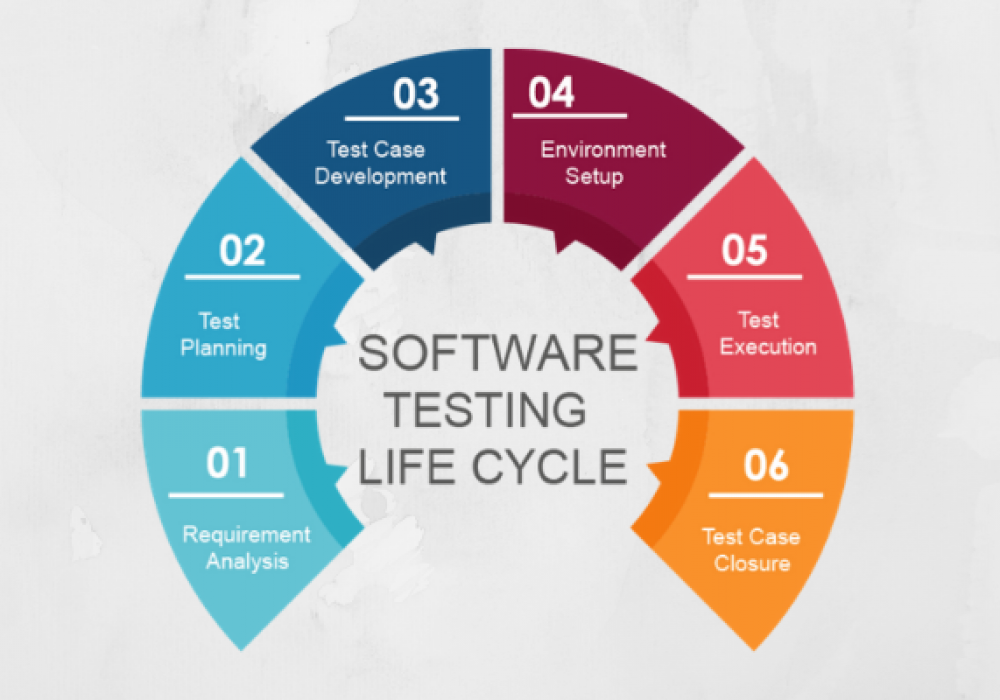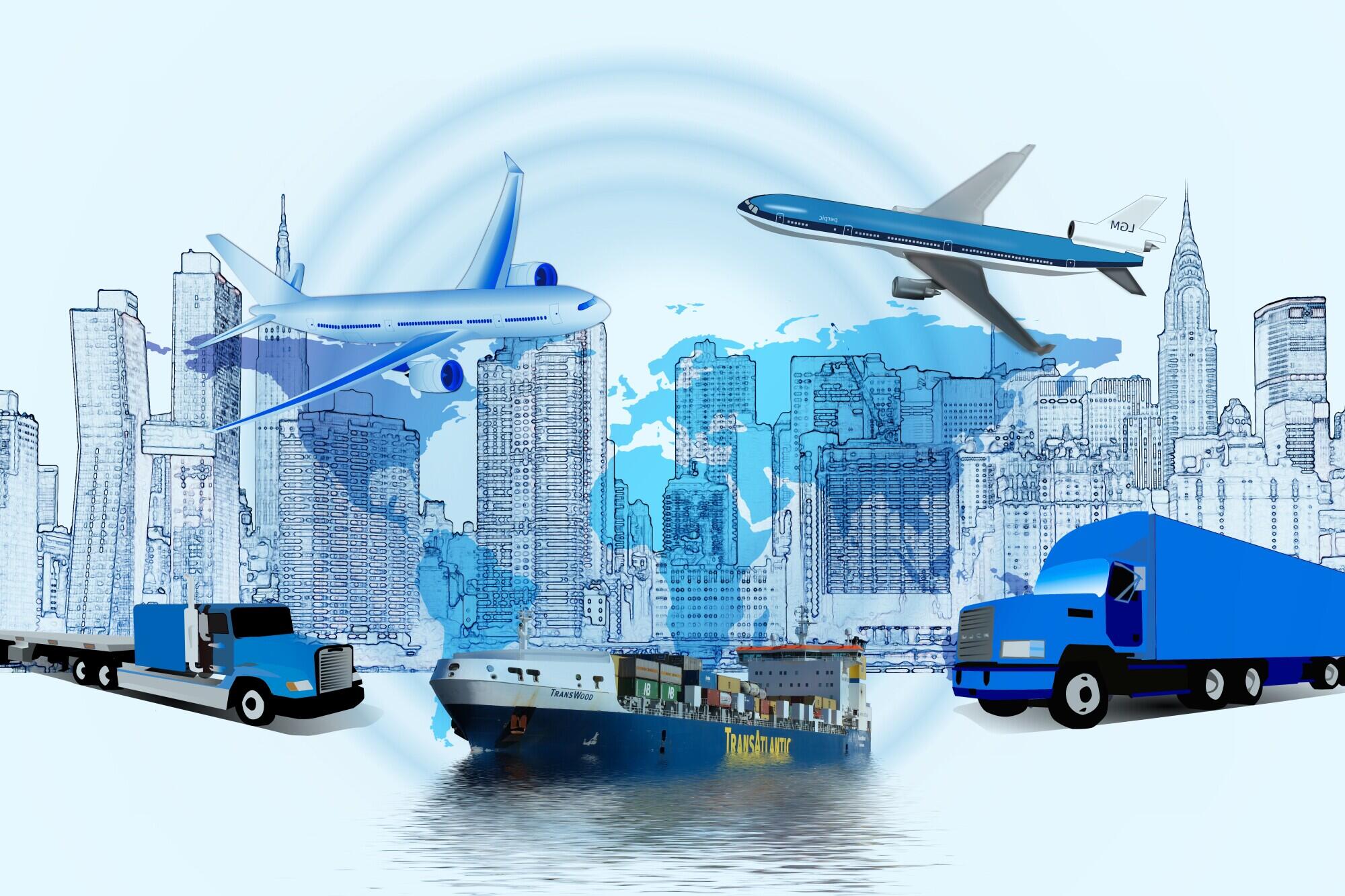Access to broadband internet has become an essential need for individuals and households in today’s digital age. However, the cost of high-speed internet can be a barrier for low-income families or individuals who cannot afford expensive monthly plans. Fortunately, there are various options available that provide free or low-cost access to the internet.
This article aims to present some of the ways people can access free broadband internet. The following sections will discuss public Wi-Fi hotspots, government programs for low-income households, shared internet connections, and promotions offered by internet service providers. By exploring these options, readers will gain insight into how they can stay connected without breaking their budget.
Public Wi-Fi Hotspots
The availability of public Wi-Fi hotspots has become a popular option for those seeking to connect to the internet without incurring additional costs on their personal data plans. These free-to-use Wi-Fi networks are often set up in public spaces like parks, libraries, and community centers. While some hotspots may require users to provide personal information or sign in with social media accounts before accessing the network, others do not have any login requirements.
Public Wi-Fi hotspots are usually established through community initiatives aimed at bridging the digital divide and providing connectivity options to underserved populations. However, these networks also raise safety concerns as they can be vulnerable to cyber attacks and hacking attempts. Users should ensure that they only connect to secure networks using trusted VPN services or other security measures. Additionally, it is essential to avoid sharing sensitive personal information while connected to public Wi-Fi networks as they may not be encrypted which means that anyone on the same network can potentially intercept communications.
Government Programs for Low-Income Households
Programs offered by the government have been established to support households with low-income that require assistance in obtaining reliable and high-speed internet services to bridge the digital divide. These programs are typically designed to provide affordable or free broadband internet access for low-income families, senior citizens, students, and veterans. Eligibility criteria vary depending on the specific program but may include income thresholds, household size, and participation in other government assistance programs such as Medicaid or Supplemental Nutrition Assistance Program (SNAP).
To apply for these programs, households can visit their state’s official website or contact their local service provider directly. Applicants may be required to provide proof of eligibility such as a recent tax return or a letter from a social worker. Some programs may also require participants to purchase a discounted device or participate in training sessions on how to use the internet safely and effectively. Overall, government-sponsored broadband programs provide an essential lifeline for millions of Americans who would otherwise be left behind in today’s increasingly digital world.
Shared Internet Connections
An alternative solution to bridging the digital divide is through shared internet connections, where multiple households share a single internet service and split the cost. This can be achieved through community networks or Wi-Fi mesh networks. Community networks are run by volunteers who set up and maintain the network infrastructure, often using rooftop antennas to connect households to high-speed broadband services. Wi-Fi mesh networks, on the other hand, use multiple wireless access points to create a network that covers a larger area than traditional routers.
Shared internet connections have several benefits beyond affordability. They also provide greater flexibility in terms of usage and installation as they do not require extensive wiring or equipment installations in each household. Furthermore, shared internet connections can help build stronger communities as neighbors come together to share resources and work towards common goals such as improved education and economic opportunities. However, there are also challenges associated with shared internet connections such as security concerns and potential conflicts among users over bandwidth allocation. Overall, implementing shared internet connections presents an innovative way of addressing the issue of digital exclusion while fostering community building efforts at the local level.
Internet Service Provider Promotions and Discounts
Internet service provider promotions and discounts can provide an opportunity for low-income households to reduce the financial burden of internet connectivity and increase their potential for social and economic mobility, thereby addressing issues of inequality and access. Some Internet Service Providers (ISPs) offer loyalty programs that reward customers who stick with them over time, while others may offer student discounts or other forms of assistance to those who qualify. For example, Comcast’s Internet Essentials program provides affordable high-speed internet to eligible low-income households, along with free digital literacy training resources.
In addition to ISP-specific programs, there are also various government initiatives aimed at promoting broadband access in underserved communities. The Federal Communications Commission’s Lifeline program offers a subsidy to help low-income individuals afford phone or internet services from participating providers, while the ConnectHomeUSA initiative works with ISPs and community organizations to expand broadband adoption in public housing communities. By taking advantage of these promotions and programs, individuals can gain access to the many benefits that come with being connected online – from educational opportunities to job search resources – without breaking the bank.
Frequently Asked Questions
What are the best ways to secure your device while using public Wi-Fi hotspots?
According to a recent study by Norton, 60% of people use public Wi-Fi hotspots for activities that involve sharing personal information such as online shopping or banking. However, using public Wi-Fi can put your device at risk of cyber attacks and data breaches. To ensure your safety while using public Wi-Fi hotspots, it is recommended to follow certain Public Wi Fi Safety Tips such as avoiding accessing sensitive information like bank accounts or emails when connected to public Wi-Fi networks. Additionally, using a Virtual Private Network (VPN) can provide an extra layer of protection by encrypting your internet traffic and preventing unauthorized access to your device. VPN Usage Guidelines suggest that users should only connect to trusted VPNs with strong encryption protocols and avoid free VPN services that may sell their user’s data to third-party advertisers.
Are there any limitations to the data usage or speed when using government programs for low-income households?
Government programs for low-income households offer free or discounted broadband internet services to eligible individuals. However, there are limitations to the data usage and speed that may affect the user’s internet experience. Monthly data limits are often implemented, which restrict the amount of data a user can consume within a given period. Once this limit is reached, the internet speed may be throttled, resulting in slower download and upload speeds. The extent of speed throttling varies depending on the service provider, but it can significantly impact activities such as streaming videos or downloading large files. Therefore, users should carefully review their plan details and consider whether they need additional data or higher speeds before signing up for these programs.
How can you ensure equal distribution of internet bandwidth when using a shared internet connection?
Bandwidth management is essential in ensuring equal distribution of internet bandwidth when using a shared internet connection. It involves the allocation and regulation of network resources to ensure that all users have access to the available bandwidth without compromising the speed or quality of service. Fair use policies are also important in promoting equitable access to bandwidth by setting guidelines for users on how much data they can consume and how long they can stay connected. These policies aim to prevent excessive usage, which can result in slower speeds and poor connectivity for other users. By implementing effective bandwidth management and fair use policies, shared internet connections can provide reliable and equitable access to broadband internet for everyone involved.
What are some common hidden fees or charges that may apply to internet service provider promotions and discounts?
When considering internet service provider promotions and discounts, it is important to be aware of potential hidden fees or charges. One common fee is the data allowance, which limits the amount of data that can be used each month. Exceeding this limit can result in additional charges or reduced speeds. Another fee to watch out for is equipment rental fees, which may be added onto monthly bills for items such as modems or routers. It is advisable to carefully review the terms and conditions of any promotional offers before signing up for internet services to avoid unexpected costs.
Can you switch to a different internet service provider while still taking advantage of a current promotion or discount?
When considering switching internet service providers, it is important to understand the potential impact on any current promotional discounts. Depending on the terms and conditions of the promotion, it may be possible to maintain the discount when switching providers. However, this will largely depend on whether or not the new provider offers a similar promotion and if there are any restrictions in place. It is recommended that individuals thoroughly research their options and consider speaking with customer service representatives from both their current provider and potential new providers to ensure a smooth transition without losing out on any valuable discounts.
Conclusion
In conclusion, accessing free broadband internet is not an impossible task. With various options available, individuals can easily stay connected without worrying about the cost. From public Wi-Fi hotspots to government programs for low-income households and shared internet connections, there are many ways to access free internet. Additionally, some Internet Service Providers offer promotions and discounts that can help reduce costs. In today’s digital age where staying connected is essential for work and personal life, having access to free broadband internet can be a game-changer.
In fact, not having access to the internet in today’s world can be compared to being stranded on a deserted island with no means of communication. It hinders social interaction, limits job opportunities and makes finding information difficult. Therefore, it is imperative that more initiatives are taken by governments as well as private entities to ensure that everyone has access to free or affordable broadband internet. This will help bridge the digital divide and create a more inclusive society where everyone has equal opportunities irrespective of their financial background or location.



